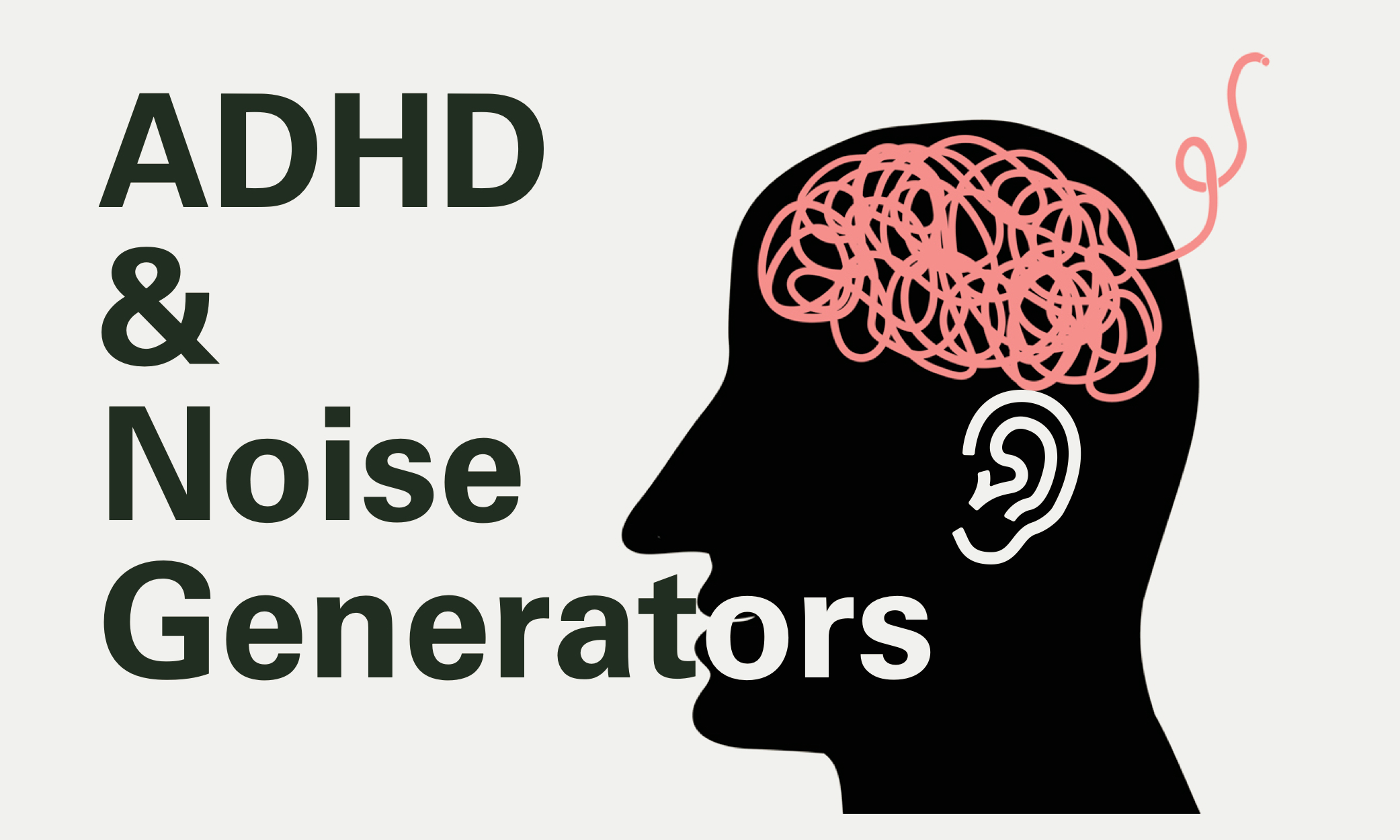FF 2.1 | Overview and Sequencing
Notes On THe E and A String Teacher Guide
Learning the notes on the neck using the chromatic scale and applying them to play bass lines and single note riffs creates a great foundation in fretboard understanding. This unit focuses on this approach combined with student selected material, ear training, and composition elements.
1 Teacher Prep & Materials
UNIT PREP
It's best to learn the notes on the E and A strings by using the chromatic scale and landmarks. Then, apply these notes to playing bass for some of your favorite songs, using chord/lyric charts and lead sheets. Before teaching this unit, listen to a wide variety of bass guitar music to familiarize yourself with songs that feature distinctive bass sounds and grooves you'd like to share with your students. Below is a playlist of songs that I regularly play for my students during this unit. It's designed to help them recognize elements of groove and the different sounds of important bass players in pop music.
SEQUENCING AND PACING
The suggested time allotment for this unit is 3 weeks. This allows for students to understand and apply the chromatic scale to play bass lines, work on learning riffs by ear, jam in an ensemble, and writing metal riffs. The time spent on memorizing notes on the E and A string will prove its value in later units of study.
It is recommended to use the riff transcription examples as enrichment for students who complete tasks after they understand note locations on the E string.
MATERIALS
Class guitars and picks
Headphones to listen to 1:1 devices
High quality playback system
Electric guitars and amps*
Bass guitars and amps*
Drum set *
Vocal mic(s)*
*optional





